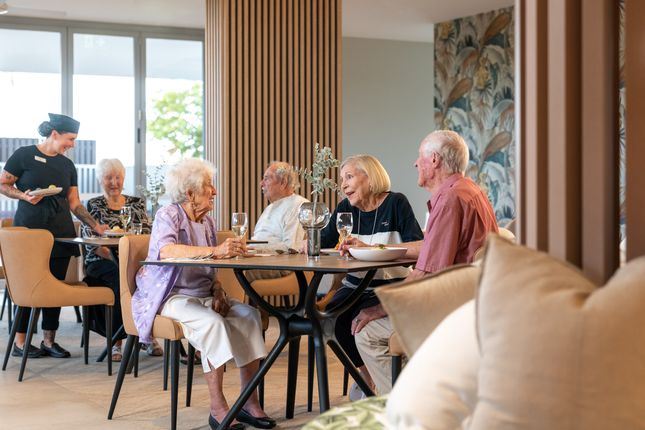Cinemas, piano lounges, wine cellars and professional concierges and chefs are among the features of a new breed of hotel-like care villages which are catering for the aspirations of the Baby Boomer generation.
Downsizing.com.au has analysed a range of new villages, which take a very different approach to the traditional nursing home.
These villages are technically not residential aged care facilities but instead retirement villages where residents own their apartment and then receive home care services. Residents can choose in-house care services, or select an external provider.
A wide range of in-house care services are on offer, including dementia and palliative care. Some residents also enter the projects without care needs, knowing that over time they are likely to need these services.
The operators of these villages claim they are the future of aged care, as they will cater for the growing number of Baby Boomers who will be needing support but want to do it in an environment more like a stylish home or luxury hotel than a hospital.
The oldest Baby Boomer (born in 1946) is currently 75, while the youngest (born in 1964) is 57.
Seasons Seniors Living’s project at Mango Hill, in Queensland’s Moreton Bay region, includes 88 units which opened in 2010 and a further 95 units completed in December last year.
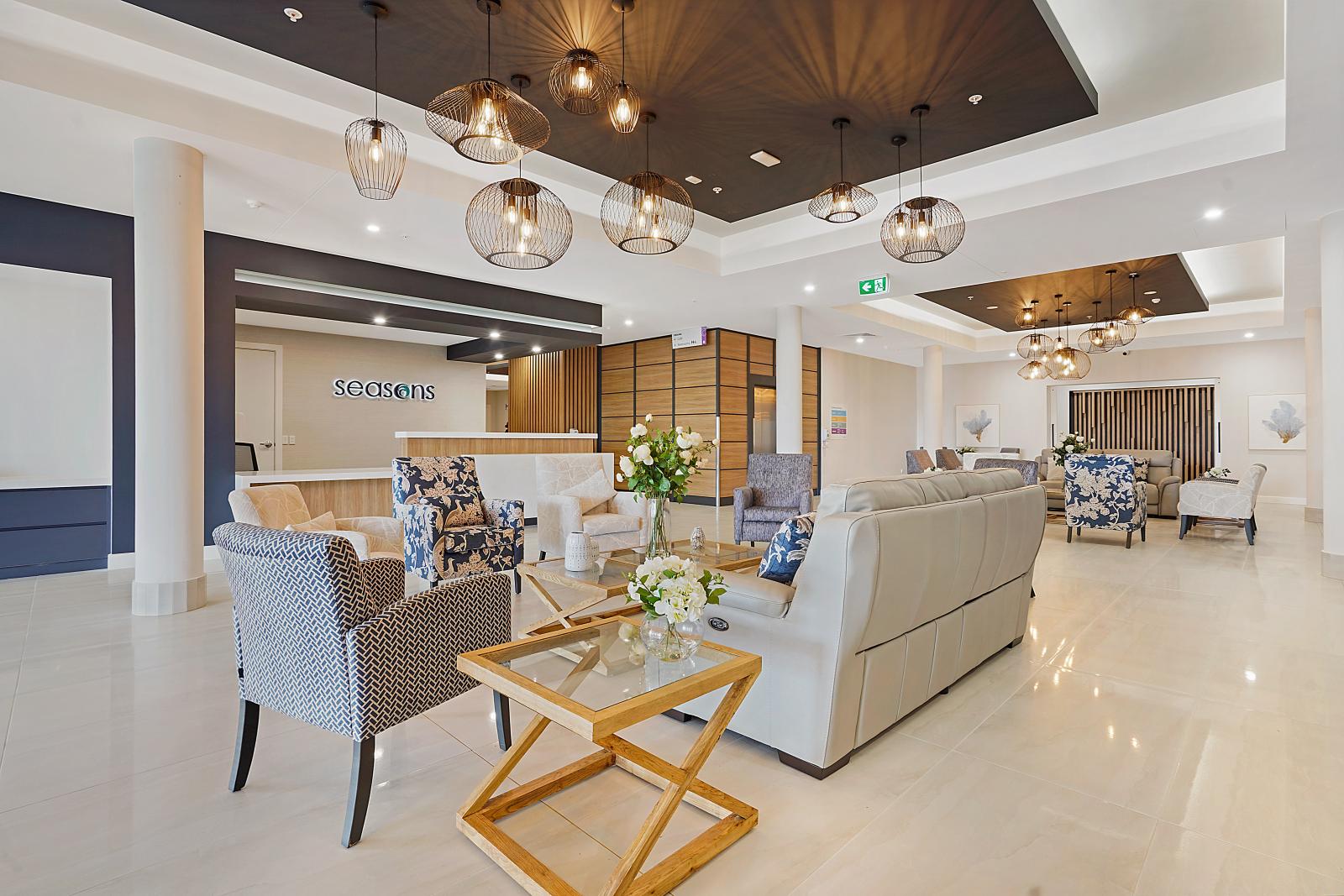
The project’s third stage, expected to be complete early next year, will include a further 60 apartments and 30 nursing home beds.
“This project is not really a retirement village, but it is not aged care either,” Seasons CEO Tracey Silvester told Downsizing.com.au.
The current generation in aged care, the pre-Baby Boomers, are sometimes called the silent generation because they are grateful for anything. However, moving forward, the Baby Boomers will not accept the traditional aged care scenario.”
Seasons’ Mango Hill facility currently includes a movie cinema, hair salon, dog park, outdoor entertainment deck and BBQ area and cafe, while a pool will be introduced in stage three.

Stage two apartments start at $335,000 (one bedroom), $380,000 (two bedroom) and $425,000 (three bedroom). The pricing for stage three apartments is still being finalised.
There are ongoing general service and maintenance fees, along with care services. A retirement village exit fee applies on departure, with the potential for residents to use their apartment equity to pay for care services.
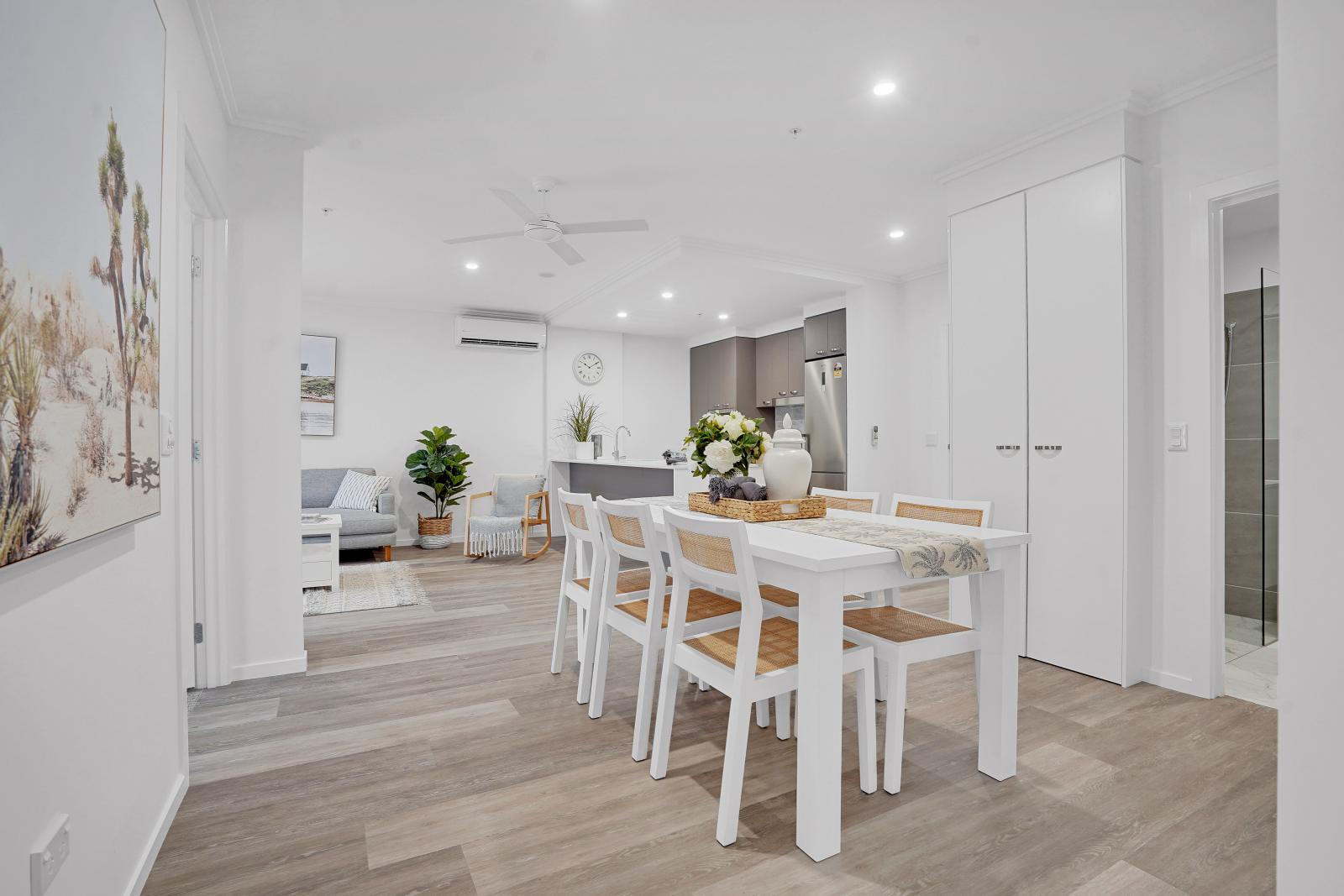
“When you walk in the front door of our second stage it feels more like a hotel - it is very luxe,” Ms Silvester said. “We want to create the right environment for families and residents, with adult children knowing their parents are living somewhere nice as they age.”
“In terms of our design approach, we’re offering what look like apartments, not nursing home rooms, with beds that look like the sort of beds you’ve had at home.”
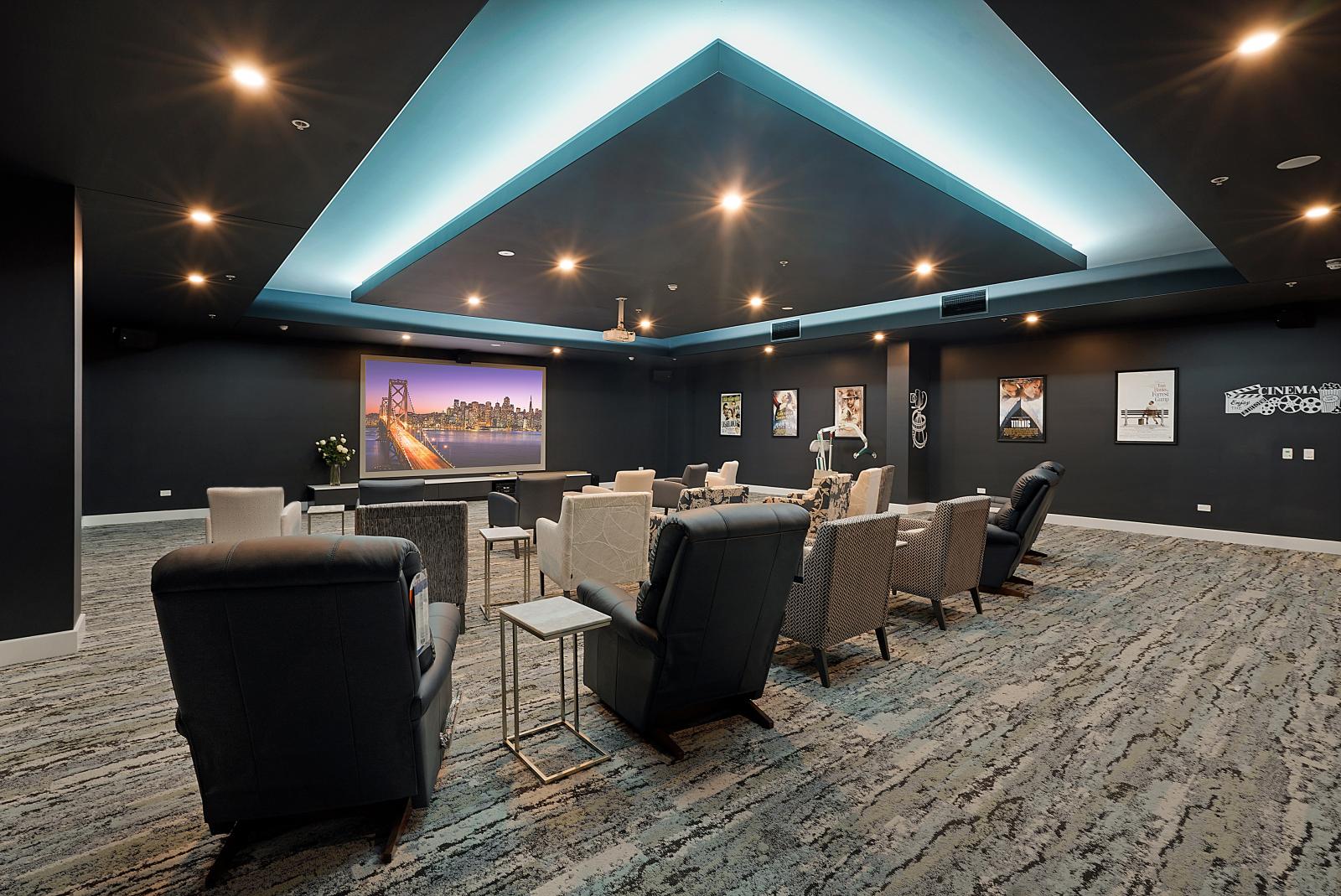
Meanwhile, Odyssey Lifestyle Care Communities opened its six-level Odyssey Robina project, on the Queensland Gold Coast in 2020. The project includes 152 apartments, with future extensions planned.

Odyssey’s CEO Phil Usher said he aims to create an atmosphere like a ‘land-based cruise ship’, with project communal features including a temperature-controlled wine cellar, leisure centre and piano lounge.
Every second level of the Robina project includes a ‘sky garden’ which is a breakout area with seating, lush greenery and a view.

“We’ve combined a resort with a retirement village and with aged care,” Mr Usher said. “We are not designed around any one thing, we are designed around what people want.”
We cater for people who want more, and know what they want, and are not happy being told this is what you get.”
Incoming contributions range from $530,000 for a one-bedroom apartment and $645,000 for a two bedroom apartment.

Under the Odyssey pricing model, the weekly general services charge (for a unit occupied by a single person) is set at $300 a week, while an exit fee also applies.
Apartment owners get to keep any capital gain on their apartments (apart from the exit fee), which Mr Usher says is important as these apartments had an annual increase of seven per cent in the last two years.
Every resident has a customised care plan, with care services supplied at cost. Mr Usher also says he has a registered nurse rostered on every shift and an additional nurse also working during the day, with a further 120 care staff on his books.
Meanwhile, RetireAustralia’s $35 million Glengara Care project on the NSW Central Coast features 70 one bedroom apartments and was completed in late 2019.
RetireAustralia Chief Executive Officer Dr Brett Robinson said Glengara Care was a positive alternative to outdated models that had eroded confidence in the aged care sector.

Our apartments are genuine homes, not a hospital-like environment, where residents can enjoy beautiful surroundings and entertain their family and friends,” Dr Robinson said.
“Their happiness and independence is paramount. They can stay with a partner, keep a pet and continue to enjoy life’s luxuries – supported by highly trained staff and specialist equipment available for their wellbeing.”
Glengara Care residents can access all the facilities of the broader Glengara Retirement Village, including an expansive garden, bowling green, gym, café, bar, pool, library, beauty salon, consultation rooms and community bus.
The one bedroom apartments have a separate bedroom, lounge area, bathroom, kitchenette, dining area and outdoor space, with views to the internal atrium and rural landscape. Residents are also able to fully furnish their apartment.
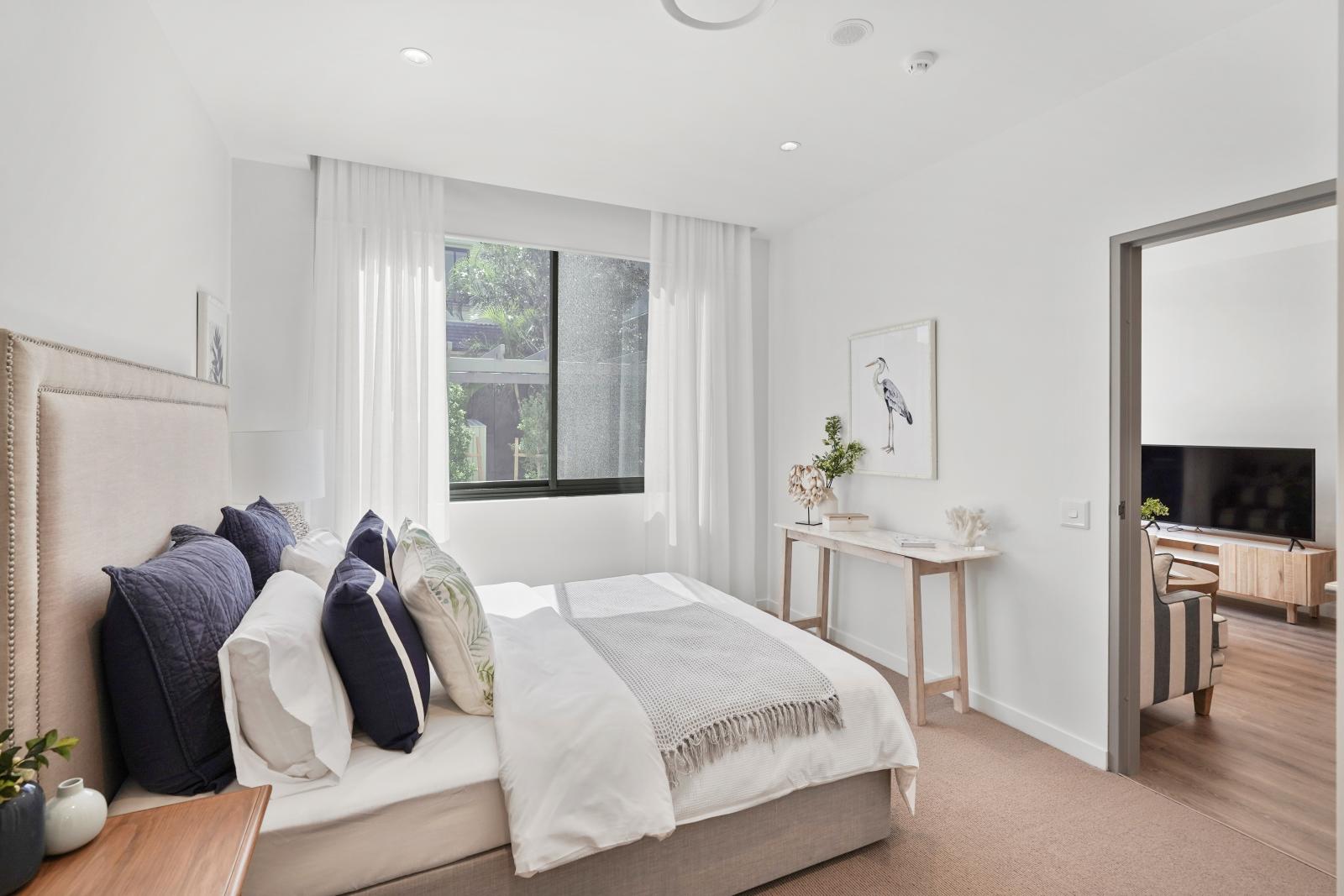
The incoming contribution for a Glengara Care apartment starts from $535,000.
Existing residents of RetireAustralia villages are able to use the equity in their current home to pay for this - providing a seamless transition from independent to supported living - while for new residents it is an upfront cost.
The incoming contribution includes $10,000 to establish a care savings account, which ensures they have 200 hours of care available to them should their care needs escalate rapidly.
Once in the village, residents pay a weekly fee of $735 which covers two hours of care per week, all property costs and all meals.

They also make regular contributions to their care savings account to maintain the $10,000 balance – these contributions depend on the individual care plan of each resident. There is a $200 per week rebate for the first stages of apartment sales.
A deferred management fee also applies on departure, with any unused funds in the care savings account forming part of the resident’s exit entitlement.

“Our model of care is nurse-led and caters for low to high care needs,” Dr Robinson said.
“It is equitable to aged care from most perspectives in a clinical sense.
“However it is a world away in terms of the respect extended to residents and their ability to self-determine what their care looks like, and their ability to maintain purpose in their life through bringing their own furniture, bringing pets, or even continuing to live as a couple.”
Search Downsizing.com.au for Australia's best range of care options
FIND OUT MORE: Why five-star luxury care villages are on the rise and how they’re different to your traditional nursing home
